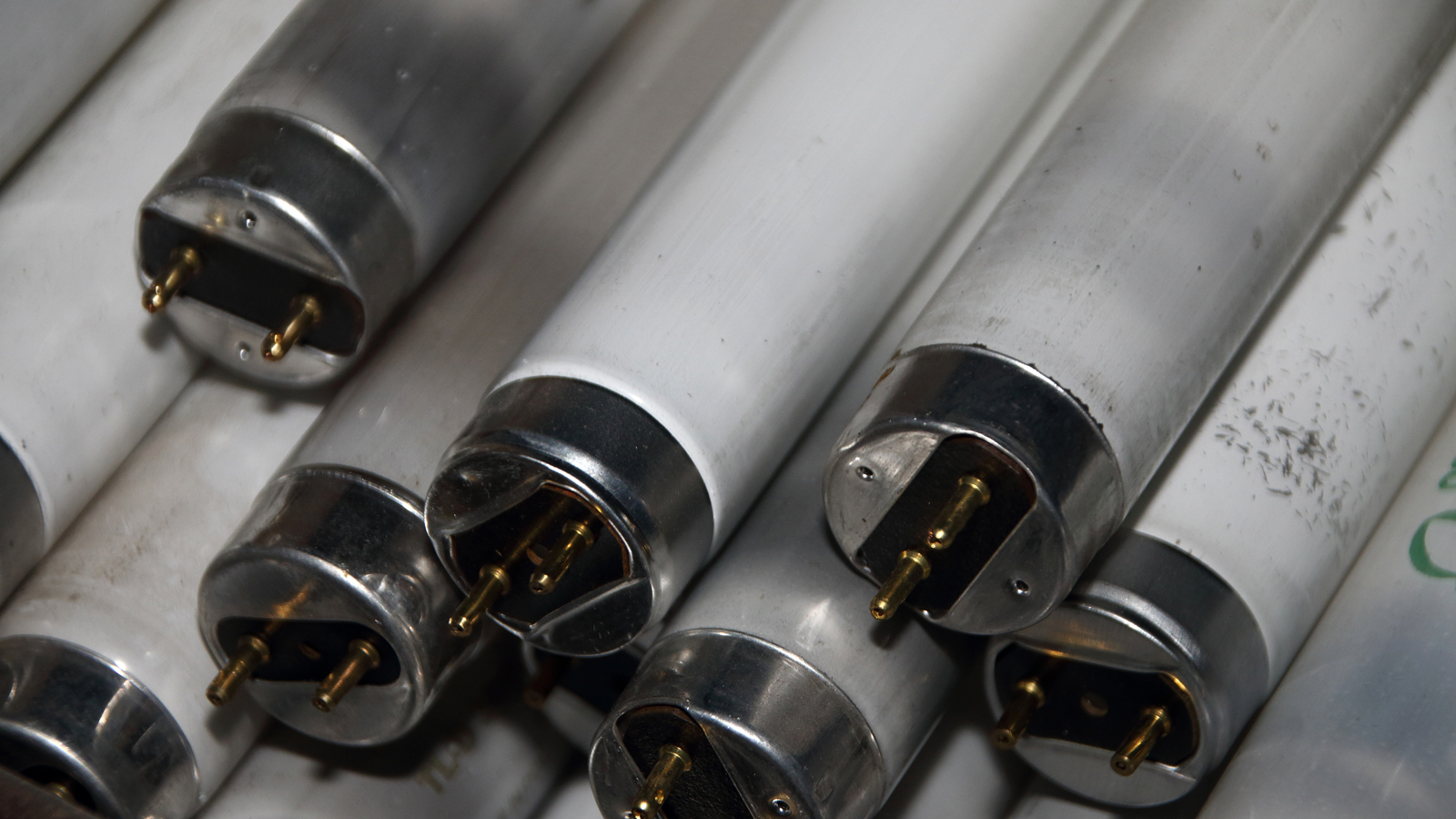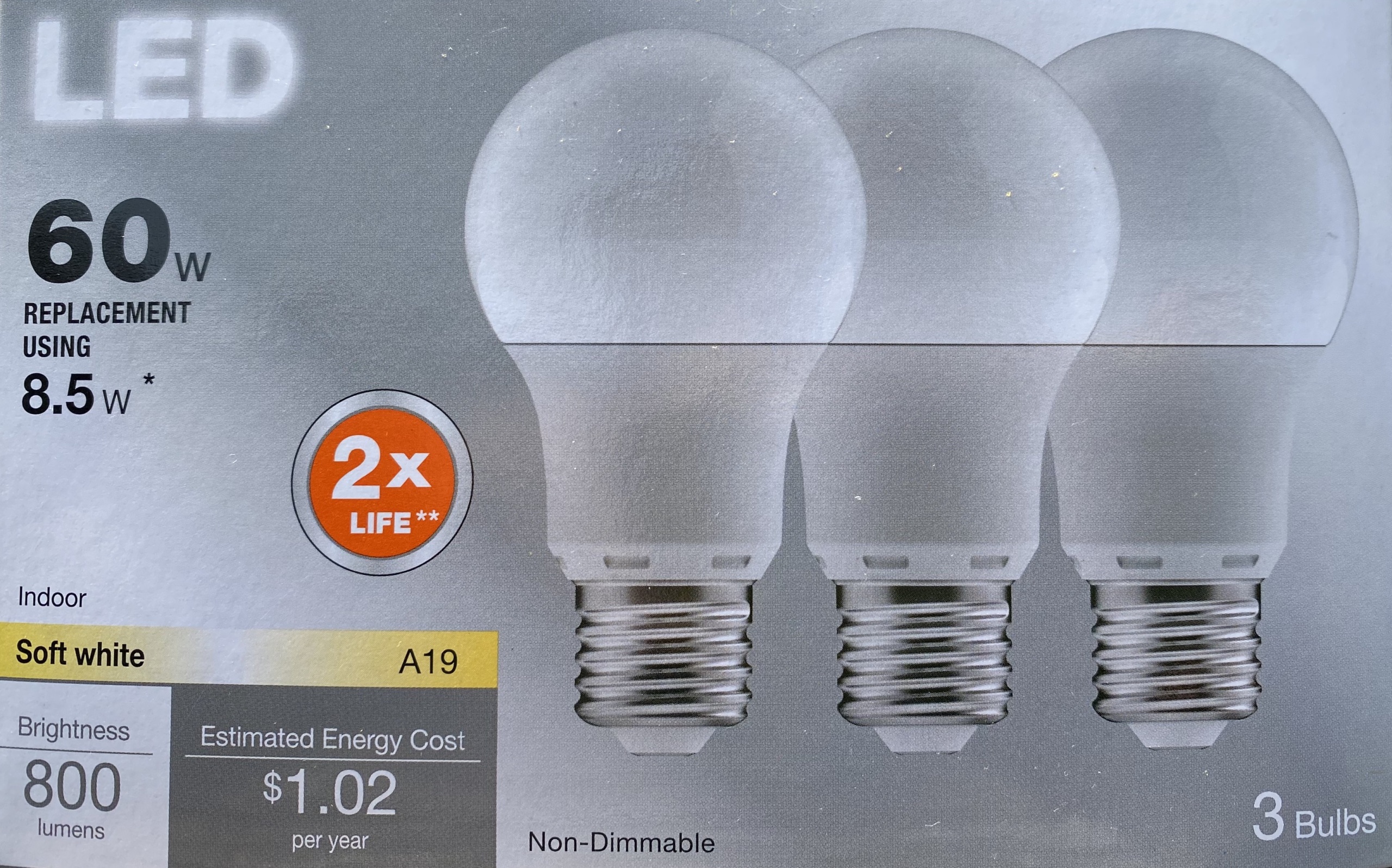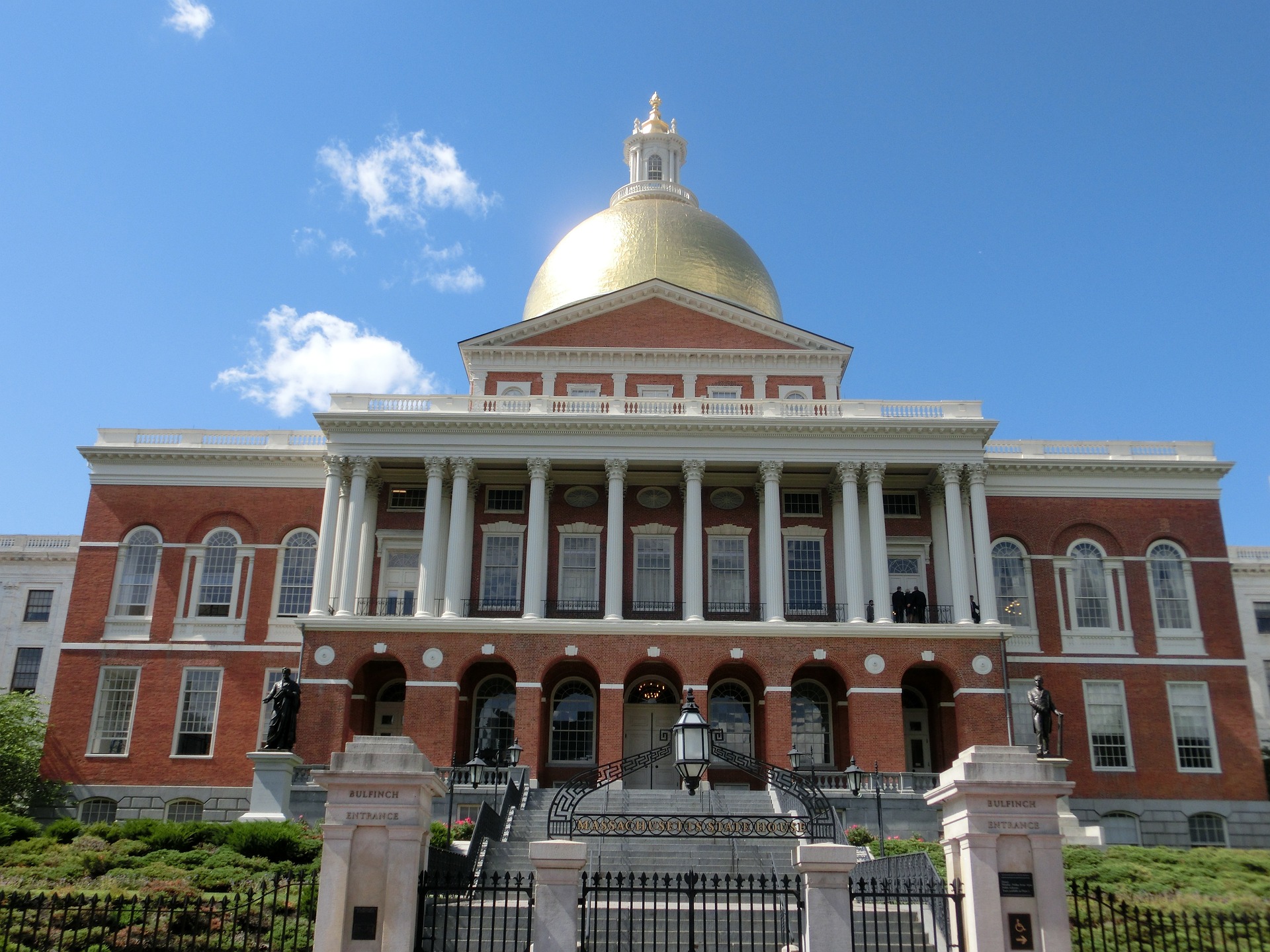
Massachusetts can protect public health and lower energy bills by phasing out fluorescent light bulbs
Massachusetts can protect health and lower energy bills by phasing out fluorescent light bulbs.

Bill: An Act relative to clean lighting, H777, S538, Sponsors: Rep. Josh Cutler and Sen. Susan Moran
Fluorescent lights are a common sight in offices, garages, and basements—but they contain toxic mercury and use far more energy than newer alternatives. By phasing out fluorescents in favor of efficient LED bulbs, Massachusetts can avert a needless health risk, save families and businesses money on utility bills, and curb greenhouse gas emissions.
Fluorescent lighting was once the preferred option for many uses, but not anymore. LED light bulbs—readily available as replacements for fluorescents in all needed shapes and sizes—do not contain any of the toxic mercury that fluorescent bulbs do. They also cut energy use in half compared to fluorescents, last about twice as long, and typically cost far less to purchase and operate over their lifetime. So why are fluorescents still on store shelves?
Since 2022, Vermont, California, Colorado, Oregon, Maine, Rhode Island, and Hawaii have all passed laws to phase out the sale of most fluorescent bulbs. As other states continue to phase out the sale of fluorescents, Massachusetts risks becoming a dumping ground for inefficient, mercury-containing bulbs that suppliers cannot sell elsewhere. The Act relative to clean lighting phases out sales of the most common fluorescent bulbs by 2025.
Reduces mercury, saves money, curbs green house gas emissions
Reduces the threat of mercury exposure
All fluorescent bulbs contain mercury, a potent neurotoxin that threatens human health and the environment. The World Health Organization counts mercury among the top 10 most dangerous chemicals impacting public health.
When fluorescent bulbs are accidentally broken—whether in homes, businesses, or the waste management system—they present a health hazard to those nearby. And when fluorescent bulbs are not disposed of properly—as happens with an estimated 75% of bulbs—mercury leaches from landfills and eventually contaminates rivers, lakes, and oceans and the fish and shellfish within them.
LEDs, which are mercury-free, are a much safer option. Technological advancements in recent years have made them readily available and cost effective.
By transitioning from the most common fluorescent bulbs to LEDs, Massachusetts consumers could avoid 20 pounds of mercury waste annually by 2030, enough to contaminate almost 1 billion gallons of water.
Saves money on electric bills
Fluorescent bulbs are no longer the most affordable lighting option. Because they are more energy efficient than fluorescents, LEDs cost less to operate, more than paying back their slightly higher upfront costs—which continue to drop each year—through lower electric bills. A typical school could see more than $5,000 in annual utility bill savings if all its fluorescent bulbs were replaced with LEDs.
By 2030, Massachusetts households and businesses would save more than $146 million annually on their utility bills.
LEDs also last about twice as long as fluorescents, so they need to be replaced less often. And because LEDs do not contain mercury, a hazardous waste, they can be disposed of more easily and cheaply than fluorescents when the time comes.
Averts needless greenhouse gas emissions
LEDs use approximately half the electricity as fluorescent bulbs to produce the same amount of light. As a result, accelerating the transition to LEDs can reduce planet-warming emissions from power plants and help prevent the worst effects of climate change.
By 2050, Massachusetts could avoid the release of 954,000 metric tons of carbon dioxide, the equivalent of 205,000 gas-powered passenger vehicles for one year.
Massachusetts must phase out fluorescents
Current standards and bill supporters
Massachusetts laws already regulate mercury-containing products, including fluorescent light bulbs, because of their toxic nature. The Act relative to clean lighting continues this effort to protect Baystaters from mercury pollution by ensuring a transition from fluorescents to LEDs.
Supporters include MASSPIRG, Environment Massachusetts, Appliance Standard Awareness Project (ASAP), Green Energy Consumers Alliance, Massachusetts Sierra Club, Clean Water Action.
Topics
Authors
Deirdre Cummings
Legislative Director, MASSPIRG
Deirdre runs MASSPIRG’s public health, consumer protection and tax and budget programs. Deirdre has led campaigns to improve public records law and require all state spending to be transparent and available on an easy-to-use website, close $400 million in corporate tax loopholes, protect the state’s retail sales laws to reduce overcharges and preserve price disclosures, reduce costs of health insurance and prescription drugs, and more. Deirdre also oversees a Consumer Action Center in Weymouth, Mass., which has mediated 17,000 complaints and returned $4 million to Massachusetts consumers since 1989. Deirdre currently resides in Maynard, Mass., with her family. Over the years she has visited all but one of the state's 351 towns — Gosnold.
Find Out More

Buying LED bulbs: What to look for

Common questions and answers about heat pumps

MASSPIRG’s 2023-2024 Legislative Priorities
